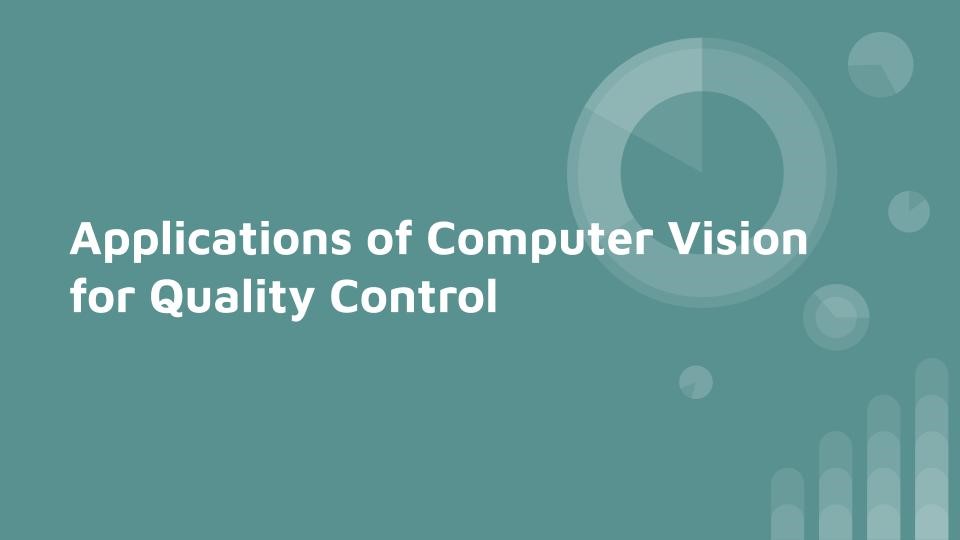
“As more and more artificial intelligence is entering into the world, more and more emotional intelligence must enter into leadership.” – Amit Ray, Famous AI Scientist, Author of Compassionate Artificial Intelligence
Finding stability in a world where the global economy is changing all around us, requires us to actually have peace that is generated from within the industrial organization. With peace, clarity and a vision, an organization can simply take the time to focus on their own goals and objectives that will enable it to thrive in the current world that we live in. Even in times of pandemic, there will always be competition, there will always be need to ensure that you are in a situation that allows you to improve your operations, lower your costs and ensure that your business efficiencies are at the peak of their capabilities.
As manufacturers are embracing the industrial Internet of Things (IIOT), and enabling themselves to be more adaptable and embracing of digital technology, it works out for the best of the industrial world that they are being encouraged to be more innovative in these times. Smart factories, improve throughput, capacity and quality. Ultimately at the end of our industrial day, as an organization, what we really want is to be able to save some time and some money.
The beauty of process automation is that it enables a level of accuracy that was previously unheard of in the manufacturing regimes that went before. Without the need for human intervention. Automation is able to conduct quality checks, initiate process re-work and also enhance productivity by correcting the levers that were responsible for the changes in quality. One such lever in the manufacturing realm is that of Quality Assurance.
Quality Management is the unsung hero of the industrial realm. It is responsible for the maintenance of a manufacturer’s branding and also their profits at the end of the day. What customers want to know is they are able to receive consistent quality in their output. There is a direct correlation, between an effective quality management system, and the ability of an organization to actually improve its profits.
Advances in Machine Vision
Machine Vision and Deep Learning are a power combination of technology and software that is changing the way that organizations are actually able to conduct their operational activities. They are definitely game changers in the manufacturing realm. As a tool that has optimized and revolutionize the way that organizations are able to inspect their products, there is a guarantee of consistent and accurate results. In a time like the current condition, where government mandates are requiring stay at home orders, it will be important for organizations to still be able to run their businesses. From a manufacturing standpoint, machine vision is able to effectively remove the human variable from the equation, and keep the plant running for 24 hours a day.
The fusion of deep learning with machine vision is what will facilitate the interpretation of process data on a production line. The ability to see what is acceptable and unacceptable is something that the organization will definitely need in it’s abilities to maintain a high quality system. Machine Vision is the key to a stable, sustainable lights out operation.
Case Study of Machine Vision in Quality Control
The fusion of Machine Vision and Deep Learning will be the wave of the manufacturing future. The company Matrox Imaging is a visionary and pioneer in the utilization of industrial vision control systems. With the ability to actually utilize their vision control system to check for industrial quality control, their system can actually make the decision to read product information, trace the production process, send products to rework, and also guide autonomous factory projects. Utilized in places like Asia, the system was utilized in order to ensure that production systems in a consumer goods factory were debottlenecked. With a barcode system that fuses with the vision system, the ability to trace the appropriate phases of the system were facilitated. Critical parameters were checked, and if satisfactory, they would be sent to the next stage of the process.
The vision system has improved operational efficiency in the double digit realms. Production systems are actually able to operate in an uninterrupted manner, without having to be disrupted. The appropriate products are progressed in the assembly line, and the re-worked products are sent for correction.
The Machine Vision Framework and its elements will vary depending on your industrial needs. Utilizing everything from a camera, to an X-ray device, you can determine the level of detail that you want to integrate into your quality operations. With robots and cobots at the helm, you can rest assured that they will be adequately capable, once they trained in what to look for. Industry 4.0 is your path forward in 2020 and beyond.
